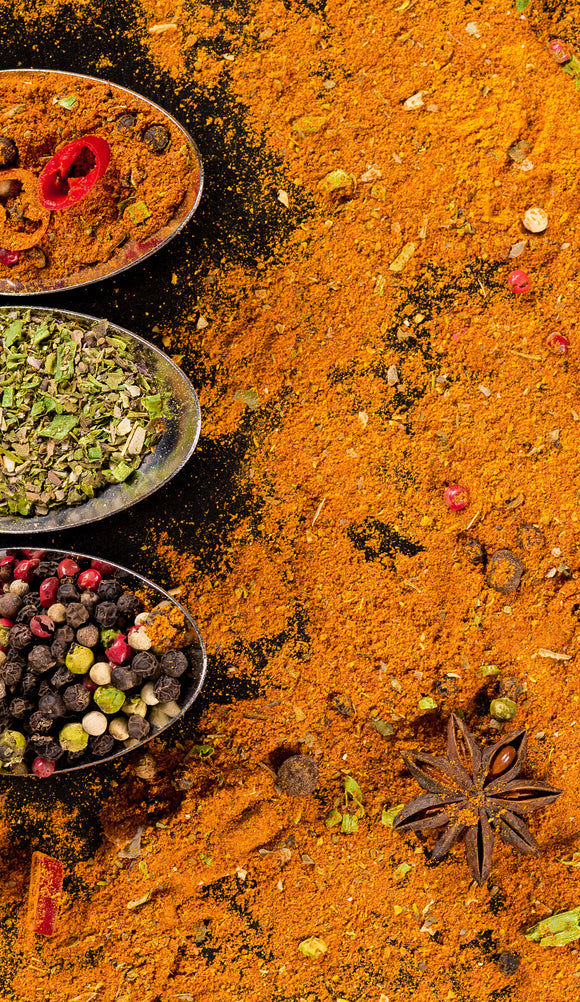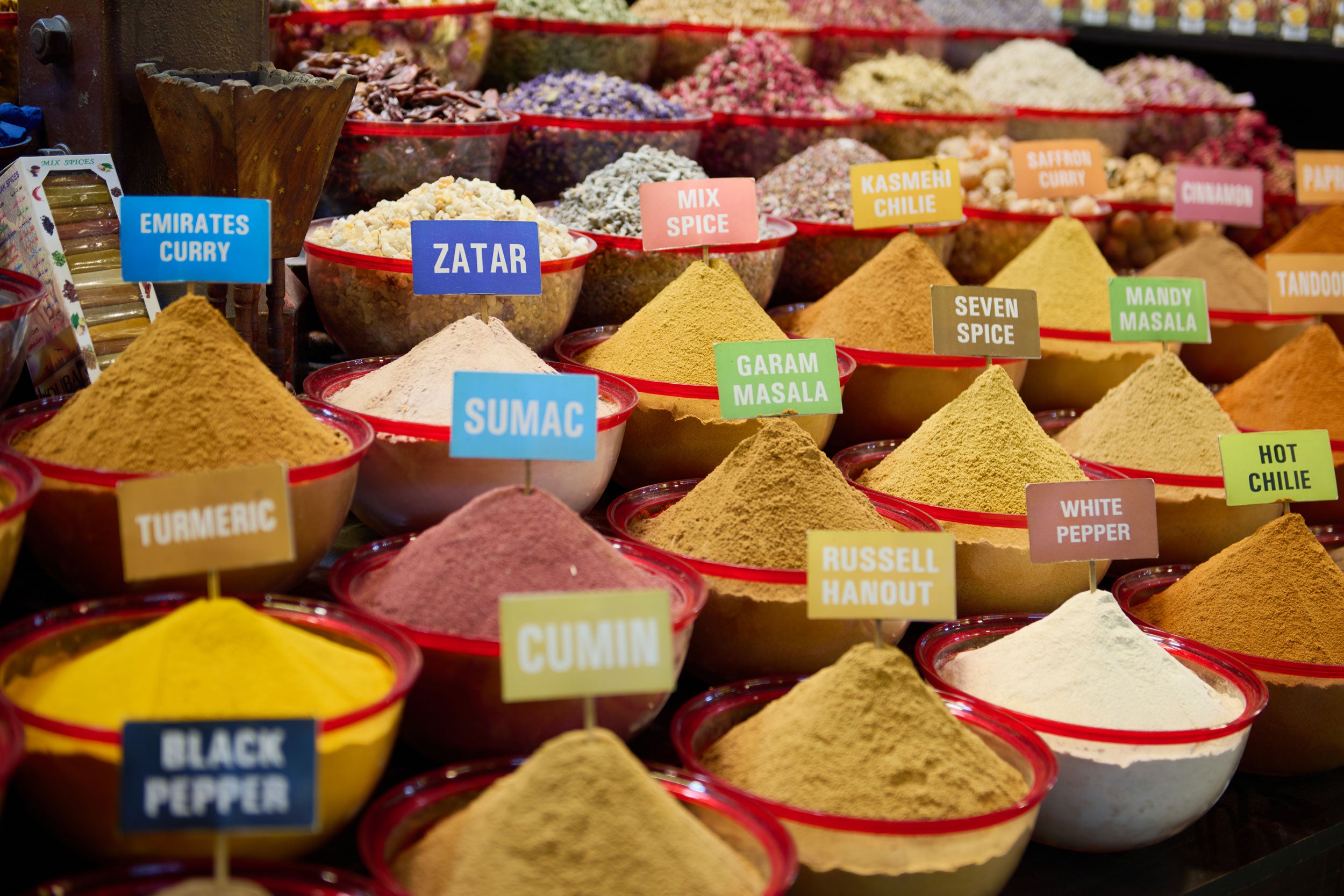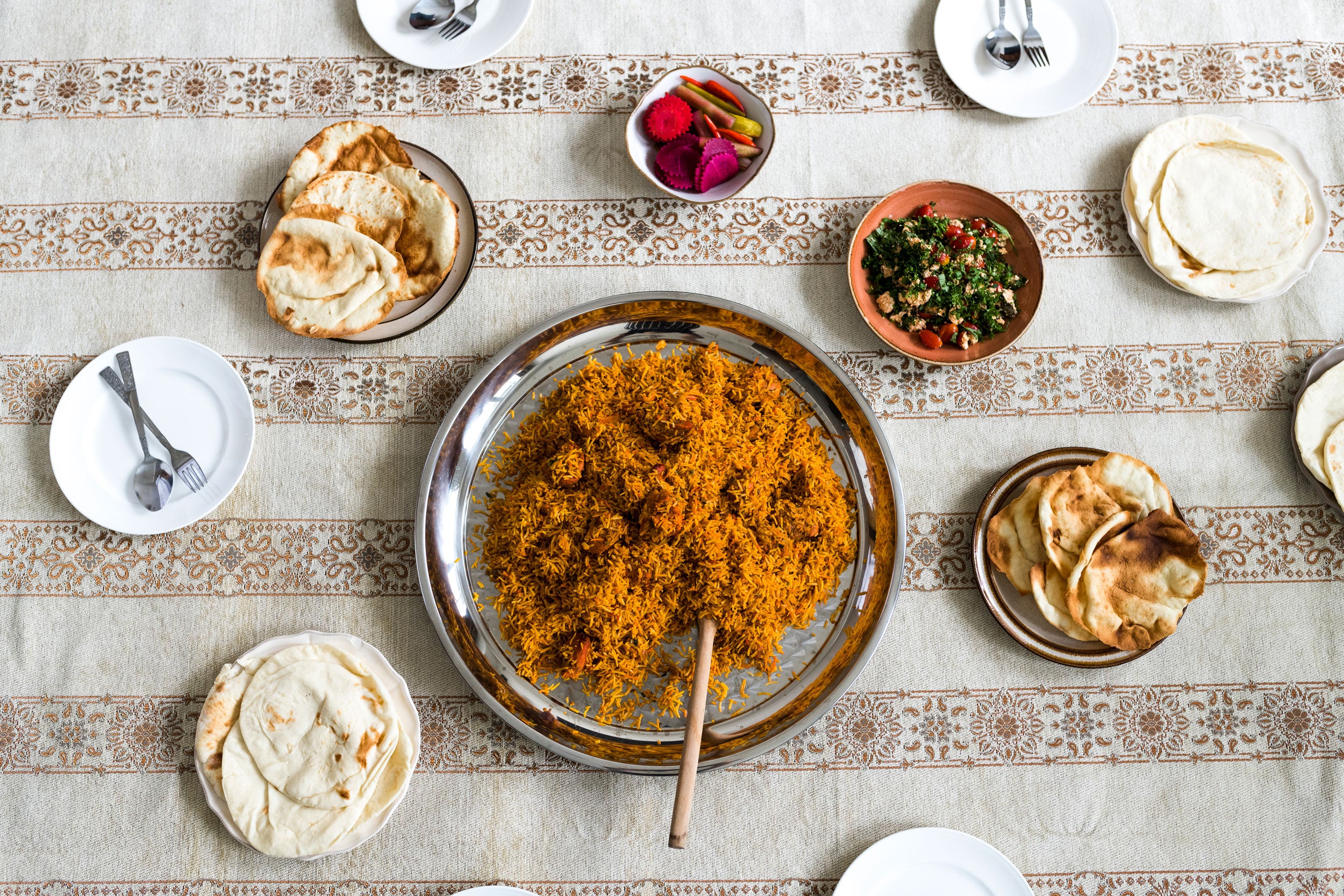Middle Eastern Spices
Aleppo Pepper:
Aleppo pepper is one of the mildest peppers with nothing inside for flesh or seeds, making them perfect for your salads, which require slight flavouring. Apart from moderate heat, Aleppo pepper will give your food a subtle fruitiness and saltiness.
You can find this pepper only in some parts of Syria and Turkey.
Anise:
Anise is one of the finest and oldest spices known to mankind, as the oldest Egyptian civilization used it for cooking and medicinal purposes. As for the flavour, anise has a tangy taste, which is used to add that lemony kick to your licorice candies, foods, and cocktails. The tanginess is not too overpowering rather slightly sweet and aromatic for appealing to all the senses.
What medicinal values anise has, you may ask. Well, it is used for treating cough and indigestion.
Cumin:
Popular in most households nowadays, cumin is a native of Egypt that has been adopted by countries like India as their own. Apart from India, North American and Chinese populations are also a patron of the spice to add a spicy, warm flavor to their vegetarian and non-vegetarian preparations.
Coriander:
Coriander seeds and leaves are widely popular all across the planet, but their origin traces back to Palestinian regions of the Middle East. While the leaves give fresh, green colour to the dishes and condiments, the seeds are ground into a powder to add spiciness to various cuisines. Indian and Mughlai kitchens cannot survive a day without this spice.
The seeds have a warm, nutty flavour, which is cherished by many.
Cardamom:
After saffron, which is the most expensive spice in the world, cardamom is the second most expensive with its aroma reaching from Southern India and Egypt to all corners of the world. Its mildly sweet, pungent, yet soothing flavour makes it equally suitable for desserts and savoury dishes.



